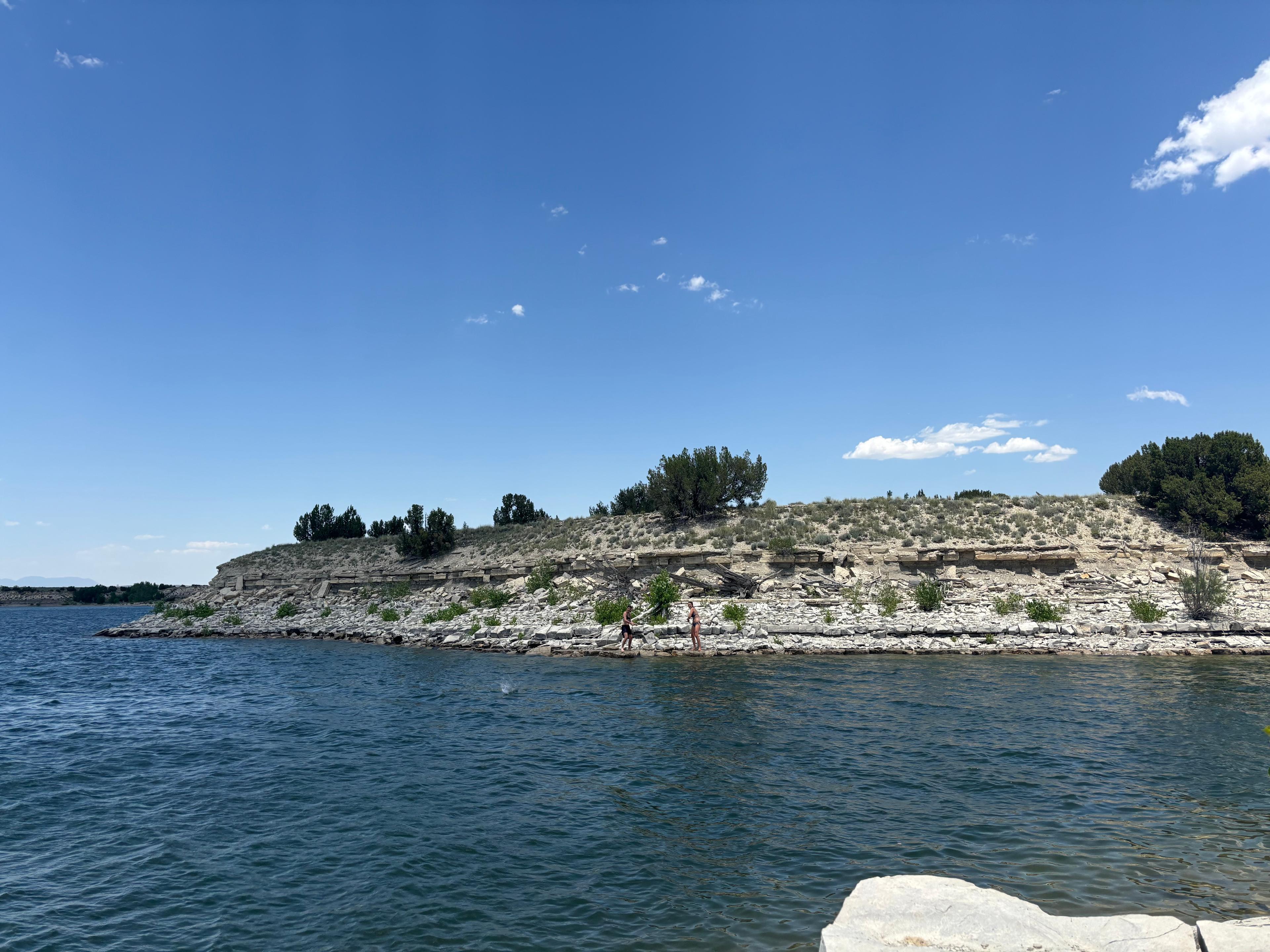
Western governors, federal biologists, ranchers and environmentalists all came to Denver Tuesday to celebrate a key moment for the greater sage grouse: A negotiated conservation plan, rather than a listing under the Endangered Species Act.
- Sept. 21: Sage Grouse Won't Be Listed Under Endangered Species Act
- Sept. 15: Who Chooses Nature's Winners And Losers?
- Sept. 9: Sage Grouse Conservation Creates Strange Bedfellows
The brought news brought both praise and a threat of lawsuits.
In announcing the plan, Secretary of the Interior Sally Jewell said that nearly 100 separate but related management plans paved an important path forward for the bird, and that while the bird would not be listed, she described the Endangered Species Act served as an important catalyst for the department's decision.
"There’s too many partners and individuals to recognize here because of the scope, scale and complexity of the state, the federal and the private actions because they are unequaled in the history of wildlife conservation in the US," Jewell said. "But to say it takes a village is a gross understatement.”
The ESA is "galvanizing individuals to not only save a species, but also the entire landscape and heritage of the American West," she said.
Additional work by ranchers on private land will also be key. Rancher Duane Coombs of Nevada called the decision “good governance.”
“Good governance empowers communities," Coombs said. "It gives dignity to those at the bottom rungs of society. It gives dignity to those, the little people.”
The potential listing of the greater sage grouse could have tied up access to millions of acres of land across the West, affecting the energy industry and ranching. About half of the greater sage grouse’s habitat is on federal lands. They’re found in Colorado mostly in the northwest corner of the state.
Audubon Rockies Executive Director Brian Rutledge says even though the bird isn’t being listed, this plan will help save the species.
“Today we start to bind up the wounds. We stop the bleeding. We move forward in a way where we can study and learn and develop and protect as we go," he said.
But Tuesday's announcement may mark the beginning of lawsuits by people who think that the conservation efforts don’t go far enough. Travis Bruner with Western Watersheds Project says his organization is considering legal action to get more protections for the bird.
“We believe that a decision short of listing is really not a science-based decision, and that’s what the Fish and Wildlife Service is charged with making.”
Lawsuits could also come from the energy industry based on how yesterday’s announcement affects federal lands near sage grouse habitat. Some in that industry think the compromise protections may go too far.









